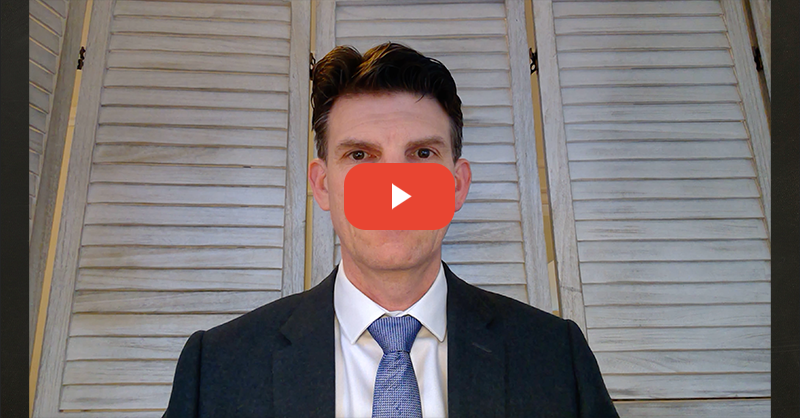April 2023 Round Up - ATO view on OnlyFans and other content creator obligations
Why the ATO is targeting OnlyFans and other content creators. The data matching program drawing in 1.7 million residential investment property owners. And, the detail on claiming expenses for charging electric vehicles from home.
Change is a constant for the profession. The Knowledge Shop membership can help you and your team keep ahead of change with an advisers' help desk, workpaper knowledge base, quarterly PD, and more - wherever you are and however you are working. Book in a time for a tour or call the Knowledge Shop team on 1300 378 950.
Inside this month Michael Carruthers (Tax Director), Matthew Tse (Tax Adviser) and Lisa Armstrong (MD) bring you:
- OnlyFans and other content creators - the ATO has released a brief guide on their expectations. There are a few issues that might surprise clients, including the need to declare products received as income.
- Residential Investment Property Owners and the ATO's data matching program - 1.7 million taxpayers will be drawn into the ATO’s residential investment property data matching program utilising bank data. The focus is on taxpayers incorrectly apportioning loan interest costs where loans have been refinanced or redrawn for private purposes.
- Expenses for charging electric vehicles from home - the detail on PCG 2023/D1.
Income of ‘OnlyFans’ and other content creators
The ATO has released some guidance on key tax issues that need to be considered by content creators. One of the key messages from the ATO is that taxpayers who receive benefits in connection with the creation of content might need to declare this as income for tax purposes, regardless of whether the income is received in cash or other goods.
The ATO indicates that some content creators might receive money from selling merchandise or might receive subscription fees from supporters to access content. Content creators might also receive tips or gifts. All of these can potentially be classified as assessable income and might need to be declared as income for tax purposes.
Other issues that content creators will need to consider include:
- Cash flow considerations. Receiving goods with a large value could generate a significant tax liability. Does the content creator have sufficient cash to pay the tax?
- The income received could impact on study loans or Medicare levy calculations.
- If the turnover from the activity is at least $75,000 the taxpayer will generally need to register for GST.
If a content creator receives income from foreign parties then this can complicate the tax position, especially when it comes to the GST system. Certain supplies made to a foreign resident can be GST-free, but the rules in this area can be complex and taxpayers and their advisers really need to look at this in detail.
Unfortunately, the ATO guide doesn’t really look at situations involving hobbies. Some taxpayers might have a reasonable basis for arguing that items they receive occasionally should not be included in their assessable income if this genuinely relates to a hobby. However, this really depends on the situation and the ATO guide serves as a warning that taxpayers who fail to recognise items received in relation to content creation as income could be subject to ATO review.
1.7 million drawn into bank derived residential property data matching
The ATO has commenced a new data matching program relating to residential investment property loans. The program will involve data provided by financial institutions (e.g., banks) starting from the 2022 income year.
The program aims to reduce the tax gap arising from the incorrect reporting of rental property income and expenses, which forms a significant part of the overall tax gap for individuals. The ATO has identified a key driver of the tax gap in this area has been rental property owners incorrectly apportioning loan interest costs where loans have been refinanced or redrawn for private purposes.
The data matching program will involve details of loan accounts and transactions relating to residential real estate investments. This will include information about loan account holders, the property involved, repayments and interest charged.
Practitioners should expect interest deduction claims to come under increased scrutiny as a result of this data matching program. As the tax treatment of interest expenses can be a complex area and the numbers involved can be significant it is important for practitioners to ask the right questions when discussing rental property deductions with clients.
See:
- Residential investment property loan 2021–22 to 2025–26 data-matching program protocol
- Gazette notice: Commissioner of Taxation – Notice of a residential investment property loan (RIPL) data-matching program 3 April 2023
Electricity costs when charging an electric vehicle at home
The ATO acknowledges that individuals who incur work-related expenses relating to vehicles and employers with FBT obligations might be faced with significant compliance challenges of trying to calculate the cost of electricity that is used in charging an electric vehicle at residential premises. The ATO has issued PCG 2023/D1 which is aimed at addressing this challenge.
If the employer or individual is able to satisfy some basic eligibility conditions, they can choose to calculate the electricity costs associated with charging an electric vehicle at a residential home by multiplying the total number of relevant kilometres travelled by the vehicle in the FBT year or income year by the EV home charging rate, which is initially set at 4.20 cents per kilometre.
The guideline will apply from:
- For FBT purposes, from 1 April 2022;
- For income tax purposes, from 1 July 2022.
It is not possible to use the guideline if the vehicle is a plug-in hybrid vehicle that has an internal combustion engine.
The record keeping requirements for those who want to use the EV home charging rate are summarised below:
- The taxpayer needs to keep a record of the distance travelled by the car during the relevant year, using odometer records;
- If the rate is being used for FBT purposes under the operating costs method, a valid log book is required;
- If the rate is being used by an individual to calculate deductions for a car using the logbook method, a valid log book is required and the individual needs one electricity bill for their residential premises in the relevant year to show they incurred electricity costs;
- If the rate is being used by an individual to calculate deductions for a vehicle that is not a car, the ATO recommends keeping a log book as well as an electricity bill.
A transitional approach is available if odometer records have not been maintained as at 1 April 2022 or 1 July 2022. In this case a reasonable estimate can be used based on service records, log books or other available information.
Share this
You May Also Like
These Related Stories

Sept 2022 Round Up - Confusion over CGT and non-residents

August 2021 Tax Round Up - carrying on a rental property business


No Comments Yet
Let us know what you think